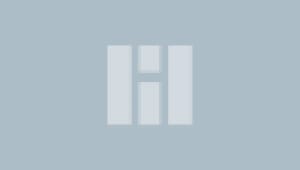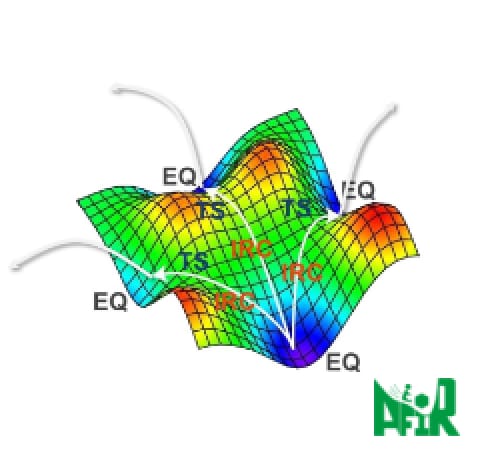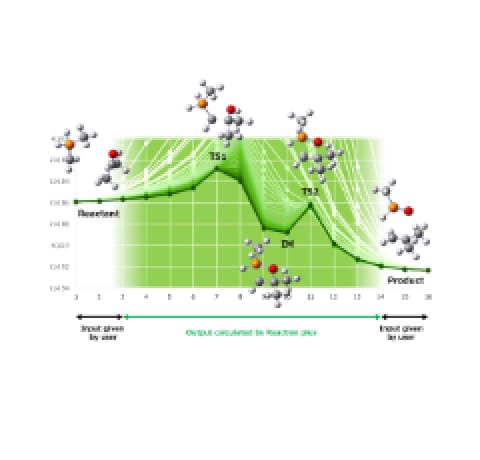HPC Systems Inc. is currently working on a development of a new advanced software of computational chemistry, “M-EVO”, making great use of material informatics (MI) which has been widely expected to be useful for screening chemical compounds. By combining the technologies of MI and computational chemistry, our aim is to provide a powerful tool with user-friendly interface that pushes researchers and engineers to find out target chemical structures with desired physical properties, easier and faster than before.
M-EVO drives your creativity by exploring candidate chemical structures with our original computational chemistry algorithm and MI.
In the traditional materials development, speculations of chemical structures that possess demanded
physical properties have been made mainly based on experience of researchers and engineers, followed by
syntheses and characterizations. In recent years, calculations have additionally become to be applied in
such fields for revealing mechanism of functional expressions and screening processes in order to speedup
R&D.
Then, in the next stage, MI has been attracting a lot of attention as a potential supporter for
discovering highly functional materials in a shorter period of times, since MI works for deriving best
answers from a large amount of data through machine learning.
Therefore, we are now trying to create a
revolutionary search engine of chemical structure by utilizing this MI.
Our new software M-EVO, which stands for Molecular EVOlution, is being developed to propose various
chemical structures with required properties, due to our original algorithm of computational chemistry and
technologies of MI.
In this software, multiple numbers of required physical properties can be
considered, and there are also scorings of synthetic possibilities, solvent solubilities, and etc. as
well, which allows practical usages in R&D.
Researchers and engineers are able to start finding
candidates without any databases by accumulating data by calculations by the algorithm of M-EVO, while
additional data from experiments and calculations will accelerate explorations by inputting them into
storable databases inside the software and making predictions with them through machine learning.
Moreover, M-EVO allows users to be creative too. When users come up with ideas of chemical structures and create inputs into M-EVO, the software will instantly estimate those physical properties using machine learning. This function enables users to design chemical structures by brushing up their mind, taking account of availabilities and chemical reactions.
Once M-EVO shows the result of potential candidates, users are also ready to take advantage of additional supports about Design of experiments (DOE) from M-EVO. This helps users to decide what to do next in their experiments, and acquired data will be useful for making next predictions of M-EVO more accurate and doing another experiment, which can lead to reducing the frequency of trial-and error before gaining goals.










